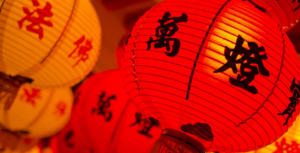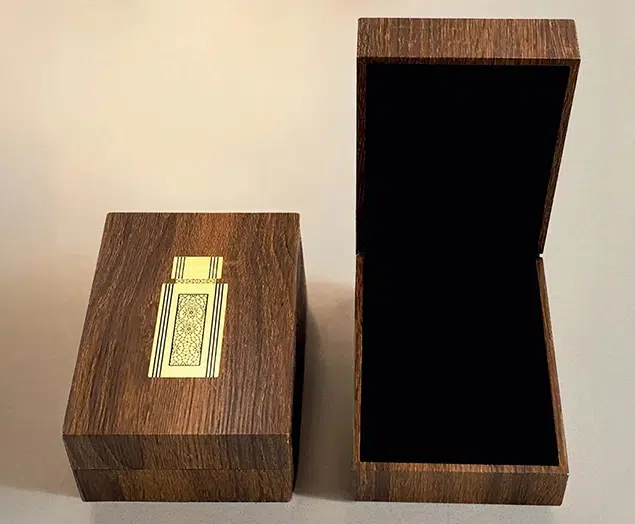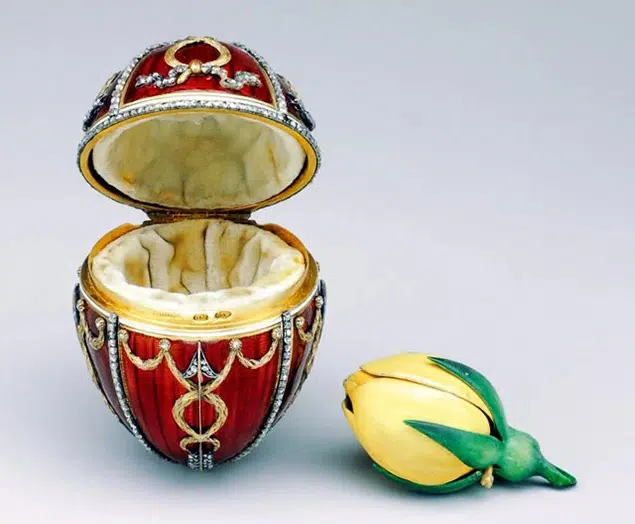Packaging: The Art of Protecting, Selling, and Telling a Story
Packaging is not just about putting products in boxes, bags, or containers. It is a critical component of marketing, branding, and customer experience. Effective box packaging can make products stand out, communicate their value, and even create emotional connections with consumers. In this article, we will explore the art and science of packaging, from its historical roots to its modern-day applications and trends.

The History of Packaging
Packaging is not a new concept. Since humans started trading goods, they needed to protect them during transportation and storage. The first packaging materials were natural, such as leaves, bark, and animal skins. Later, humans discovered how to make containers from clay, pottery, and glass. The industrial revolution brought new materials and manufacturing processes, such as paper, cardboard, and metal cans. The mass production of goods led to standardized packaging designs and the rise of branding.
The Purpose of Packaging
The primary purpose of packaging is to protect products from damage, contamination, and theft. However, packaging also serves several other functions, such as:
- Convenience: Packaging can make products easier to handle, transport, and use. For example, resealable bags, single-serve packets, and squeeze bottles.
- Communication: Packaging can convey information about the product, such as its ingredients, nutritional value, instructions, and safety warnings. Packaging can also communicate the brand’s values, personality, and story. For example, eco-friendly packaging, minimalist design, and nostalgic imagery.
- Differentiation: Packaging can distinguish products from their competitors, making them more appealing and recognizable. Packaging can also create a sense of exclusivity, luxury, or novelty. For example, limited edition packaging, personalized labels, and innovative shapes.
- Promotion: Packaging can attract attention, create interest, and generate sales. Packaging can also encourage repeat purchases and word-of-mouth recommendations. For example, eye-catching graphics, special offers, and gift boxes.
The Psychology of Packaging
Packaging design is not only a matter of aesthetics but also a science. Consumer psychology plays a crucial role in determining what types of packaging are most effective in capturing attention, conveying value, and building loyalty. Here are some key principles of psychology that packaging designers should consider:
- Color: Color can evoke emotions, associations, and preferences. Different colors have different meanings in different cultures and contexts. For example, red can signify passion, danger, or celebration, depending on the product.
- Shape: Shape can influence perception, memory, and behavior. Different shapes have different connotations and associations. For example, round shapes can convey friendliness, comfort, and simplicity, while angular shapes can convey strength, sophistication, and innovation.
- Texture: Texture can affect sensory experience, attitude, and expectation. Different textures have different tactile properties and associations. For example, smooth textures can convey elegance, sophistication, and cleanliness, while rough textures can convey authenticity, naturalness, and ruggedness.
- Typography: Typography can enhance readability, legibility, and brand recognition. Different fonts have different personalities and connotations. For example, serif fonts can convey tradition, elegance, and authority, while sans-serif fonts can convey modernity, simplicity, and accessibility.
The Future of Packaging
Packaging is not a static field but an evolving one. As technology advances, new materials, designs, and functions emerge. Here are some of the trends and innovations that are shaping the future of packaging:
- Sustainability: As consumers become more conscious of environmental issues, they demand more eco-friendly packaging solutions. This includes biodegradable, compostable, and reusable materials, as well as closed-loop recycling systems.
- Digitalization: As e-commerce and mobile commerce grow prominent, packaging needs to adapt to the new landscape. This includes integrating digital features such as QR codes, augmented reality, and interactive packaging. Digital packaging can enhance the consumer experience by providing product information, recipes, and personalized recommendations.
- Minimalism: As consumers become more overwhelmed by the abundance of products and information, they seek simplicity and clarity. Minimalist packaging design, characterized by clean lines, muted colors, and simple graphics, can communicate a brand’s values and message without overwhelming the senses.
- Personalization: As consumers become more demanding of personalized experiences, they seek packaging that reflects their individual preferences and needs. Customized packaging, such as personalized labels, packaging inserts, and gift messages, can create emotional connections and enhance brand loyalty.
Packaging is not just a functional necessity but a strategic tool for businesses to communicate their values, differentiate their products, and enhance the consumer experience. By understanding the history, purpose, psychology, and future trends of packaging, businesses can create packaging that stands out, tells a story, and makes a lasting impression on consumers. From eco-friendly solutions to digital innovations, packaging is an art that continues to evolve and adapt to the changing needs and expectations of consumers.


Top 10 Creative Cosmetic Packaging Design Ideas & illustrations 2023 | Luxury-Paper-Box.Com

10 Customs Of The Spring Festival (Lunar New Year) You Need To Know

Top 10 Best Lattafa Perfumes for Women & Men in 2024

Top 10 Best Packaging Design Software 2023 (Free & Paid)

Why Choose MDF Boxes Over Wooden Boxes?



 kali@luxury-paper-box.com
kali@luxury-paper-box.com




